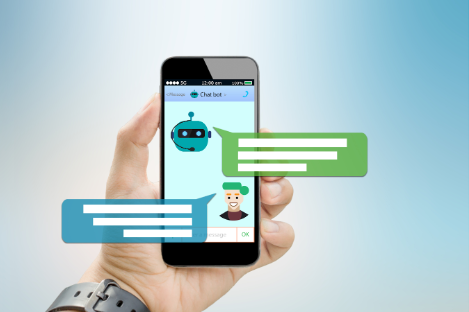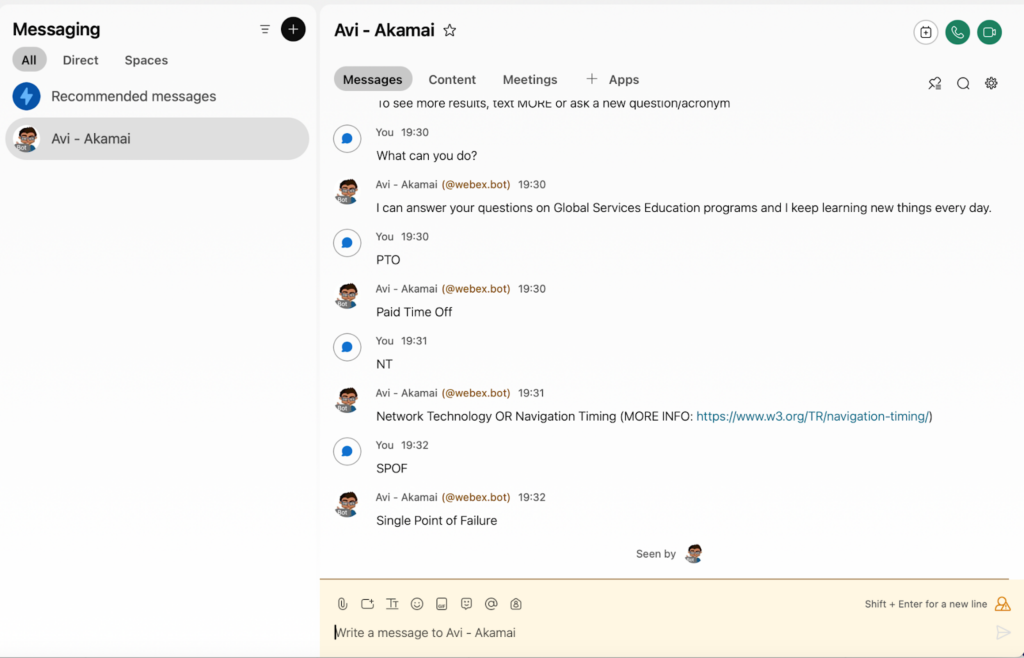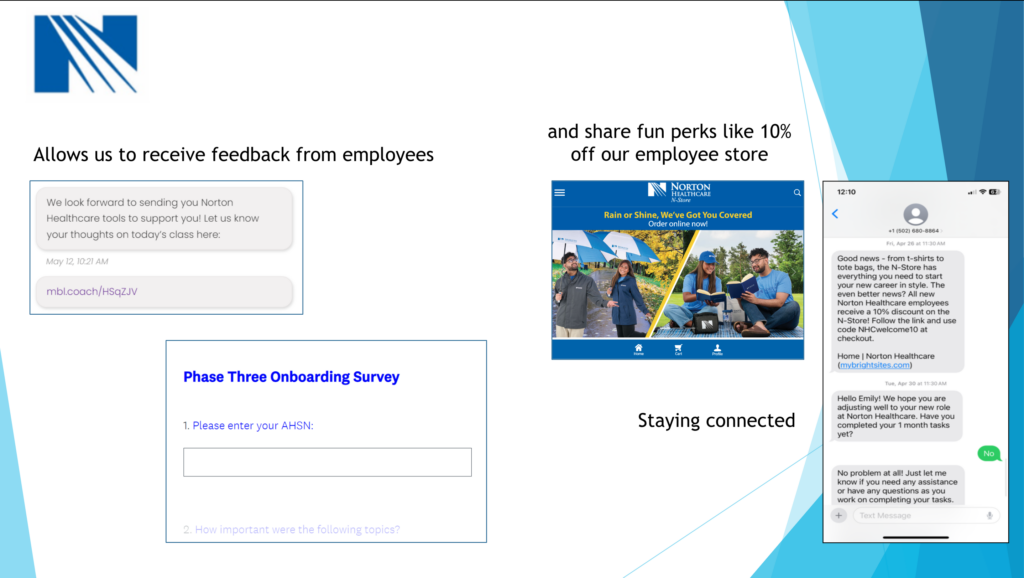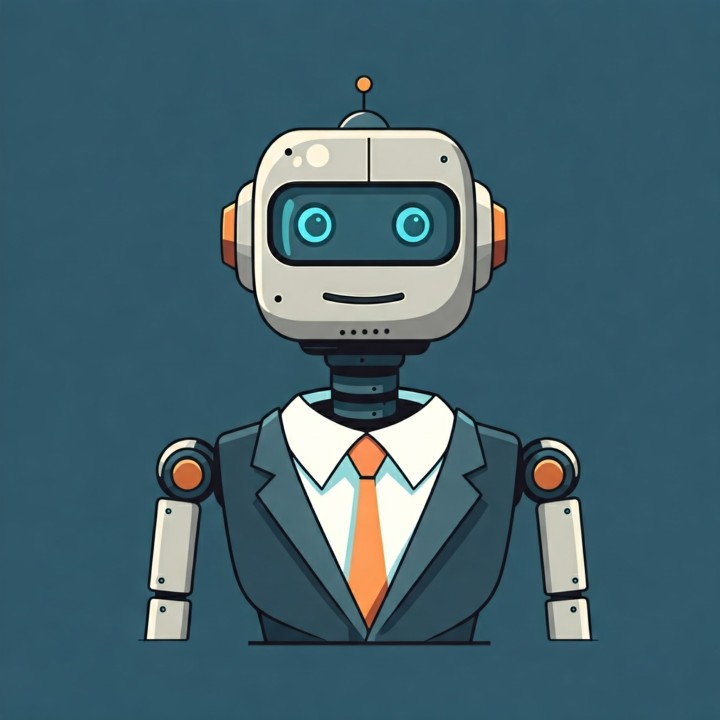AI-driven chatbots like ChatGPT have dominated the headlines in 2023, but enterprises are realizing the need for a rules-based platform to control the user experience, personalize messaging for their people and ensure that content is kept safe and secure.
What is a rules-based chatbot? A rules-based chatbot is when chatbot messages are triggered based on pre-configured logic, or an ‘if/then’ logic path. Let’s say you want a chatbot to follow up with a new hire to make sure they are getting acclimated to their new job. You can program a rule that goes as follows:
After one week on the job, send a message to John Doe via his Microsoft Teams channel and ask, “Hi John, you’ve been here for one week and we’re so happy to have you. Have you had a one-on-one with your direct supervisor yet?”
Another example is after someone finishes a course on how to be an effective leader, you can have a chatbot follow up by saying:
Hi Vince, I hope you learned a lot in the workshop about leadership. I’m going to follow up with you each week to help you find opportunities to practice the skills you learned. I’ll send you reminders, tips and challenges.
These examples demonstrate the need for organizations to provide structure around chatbot messaging to meet the specific needs of a program or a person. Structure is the most important aspect of a rules-based chatbot to ensure that the chatbot is delivering sanctioned and relevant content to your user base.
But what if you want to leverage an AI engine within your chatbot? Mobile Coach, a rules-based platform, allows you to do so by interfacing with LLMs (Large Language Models) like ChatGPT. The Mobile Coach Platform allows you to pass along very specific instructions to an AI engine to guide the AI-generated response to be inline with corporate content requirements.
AI chatbots like ChatGPT are optimized for transactional user experiences; ask a question and the chatbot answers. In other words, a “one and done” user experience. Rules-based chatbots are optimized to have an ongoing relationship with a user. Thus, the complexity of the chatbot design increases because the chatbot needs to effectively act as a permanent member of your team, not some generic public service. You need to program rules so it understands corporate context and becomes a productive corporate citizen.
The expertise required to set up such a chatbot is comparable to that of an instructional designer building a learning experience for a target corporate audience. These professionals need an understanding of general business context, be able to write messaging consistent with corporate standards and be logical enough to manage an if/then logic framework. They also need strong communication skills to collaborate with stakeholders from various corporate departments.
So, is setting up a rules-based chatbot worth such an investment?
Absolutely. The power of chatbot automation can solve a number of tough business challenges such as improving workforce skill sets, saving costs on redundant, repetitive tasks, improving customer service and satisfaction, solving employee retention problems and much more.
It’s conceivable that one day AI will be smart enough to automatically create even the rules you want it to adhere to, but for now, there are too many organizational complexities that exist in analog form to inform any AI engine with the needed data to do this.
Organizations that are capitalizing on implementing rules-based chatbots to accelerate the adoption of AI as well as to automate functions to improve workplace performance are a step ahead and are much better equipped to thrive in today’s rapidly evolving marketplace.







